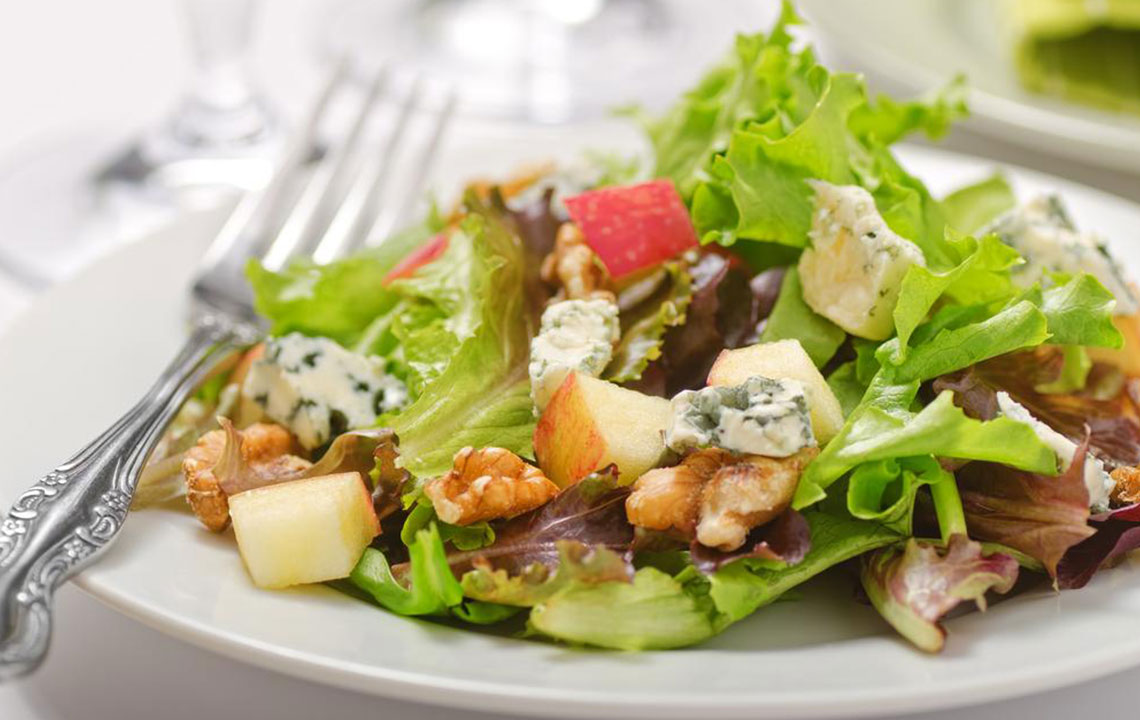Dietary Management of Crohn’s Disease

Crohn’s disease is that of the intestines wherein there is chronic inflammation. The frequent occurrence of Crohn’s disease is in the small intestines. The effects of this disease are in the intestines; thereby, causing digestive tract disorders, pain in the lower abdomen, and diarrhea.
There is no reason to accord how external nutrition can help benefit the inflammation associated with the disease, but some research has helped support the claim. The management plan of a Crohn’s disease patient should be discussed with the patient taking into account the activity and behavior of the disease. In one study, it was exhibited that the patients who had an intake of half of their total daily calorie requirements in the form of elemental diet and regular diet had a lower relapse rate had a significantly lower relapse rate compared to patients who received unrestricted normal diet compared to the patients who were administered unrestricted normal diet. This data helps evidence that supplementary enteral nutritional may help with the remissions caused by Crohn’s Disease. This can be considered as an adjunct to the drug therapy being administered.
It is seen that certain foods trigger the impact of the disease and inflammation. Self-management and a diet plan for Crohn’s disease is formulated by learning to avoid these food triggers, which might help in the healing of the intestinal health. These food triggers have been deduced by the data available to the patients who suffer from the disease.
The diet plan for Crohn’s disease is not one that fits all and has to be as per the individual. Crohn’s disease may cause a problem in the absorption of nutrients. This would indicate that a high-calorie and high-protein diet should be followed. This may not be a preference but the same is recommended. The doctor may also recommend certain vitamins and mineral supplements which have to be administered with the diet plan for Crohn’s disease.
A low-residue diet is one in which the person would be limited to fibers from nuts, seeds, veggies, grains and other sources. These are fibers that are hard to digest; if the same is felt, it may be Crohn’s disease. It is suggested that in such a case, food items with a serving of only 1 gram or less fiber should be opted for.
Intake of certain vegetables, well-cooked or sautéed/canned foods proved to be beneficial. Veggies with seeds should be avoided.
The vegetables that should be avoided are cooked peas, broccoli, cabbage, Brussel sprouts, corn, cauliflower, onion, and winter squash. Green veggies such as Asparagus tips, green beans, and pureed spinach should be included in the diet. Beets, mushroom, pumpkin, and carrot should also be included in your diet plan for Crohn’s disease.
As fibres are difficult to digest, high-fiber fruits are to stay out of the diet. Some fruits such as dried fruits, berries and figs are to not be consumed. Ripe banana, peaches, pear, and papaya can be consumed. All the seeds in the fruits should be removed and should be peeled. Juice can be consumed but the pulp needs to be removed. All juices that are high in fiber should be avoided.
As animal meat does not have fiber, you are free to consume beef, chicken, fish, shellfish, etc. The cuts that may be tough or hard should be passed off and small servings should be consumed. It is essential that it is grounded and is well cooked.
As there is no fiber in milk, you can consume the same. However, milk can sometimes upset the stomach; therefore, the consumption of milk should be limited. Therefore, dairy products should be limited, including cheese, yogurt, ice cream, or cottage cheese. Certain ounces of cheese are also suitable.
You can consume bread if it is not whole grain. You can also include rice, crackers, pasta, and cereal in your meal. Caution should just be exercised while choosing options, it is advised to choose white options with little fiber servings.
The good news is that desserts can be part of your meal. Desserts with nuts, dried fruits, and cocoa powder should be avoided. Coconut-based desserts should also be passed. There are several options to hog on such as plain cakes, sorbet, ice pops, ice creams, jelly, honey, and custard.
Spicy should be avoided. Food that contains nuts or seeds is also a big no. Peanut butter, popcorns, pickles, and olives have to be out of one’s diet plan for Crohn’s disease.
The diet plan may help achieve certain relief from the effects of Crohn’s disease and may prove effective along with the administration of a healthy diet plan for Crohn’s diseasr. A habit of reading the labels at stored would get you a step closer to relief.


